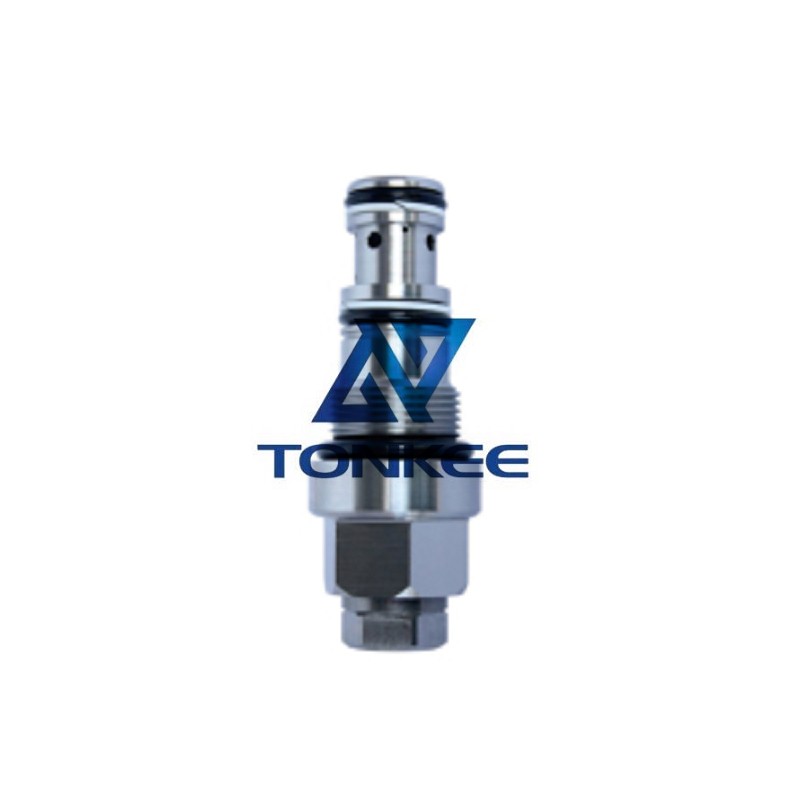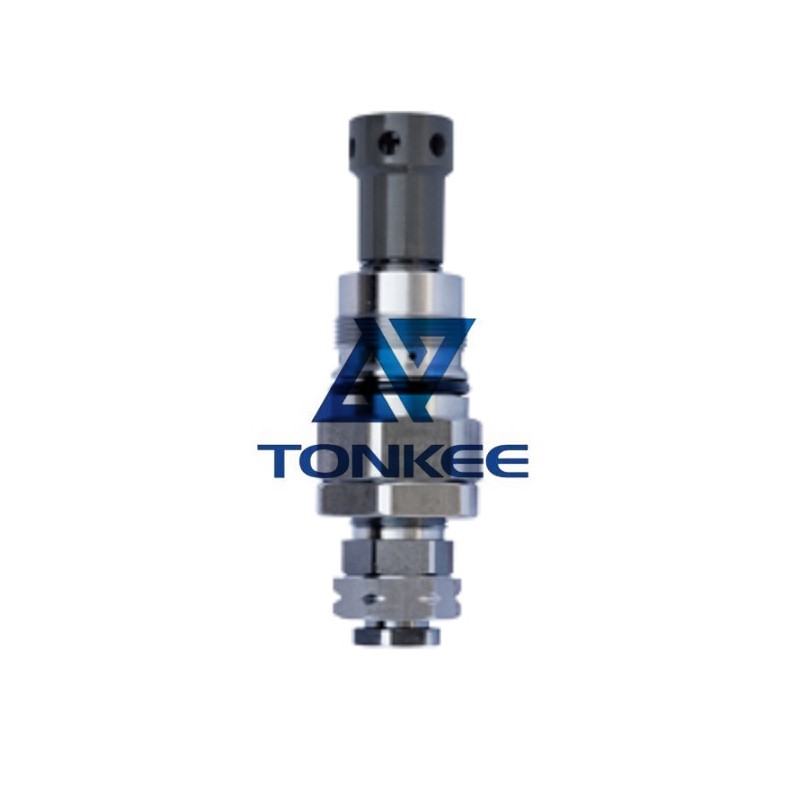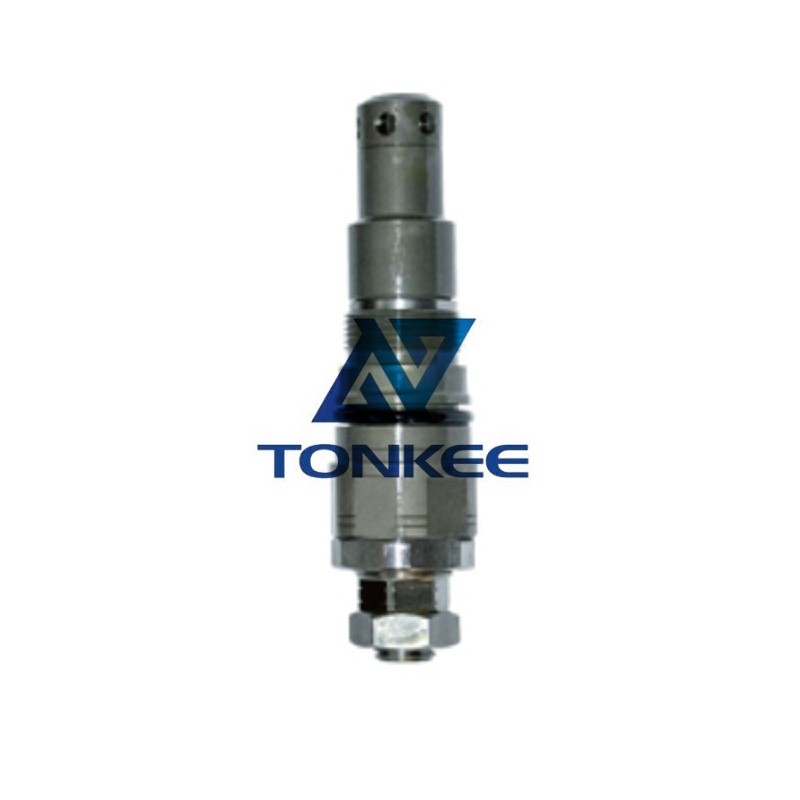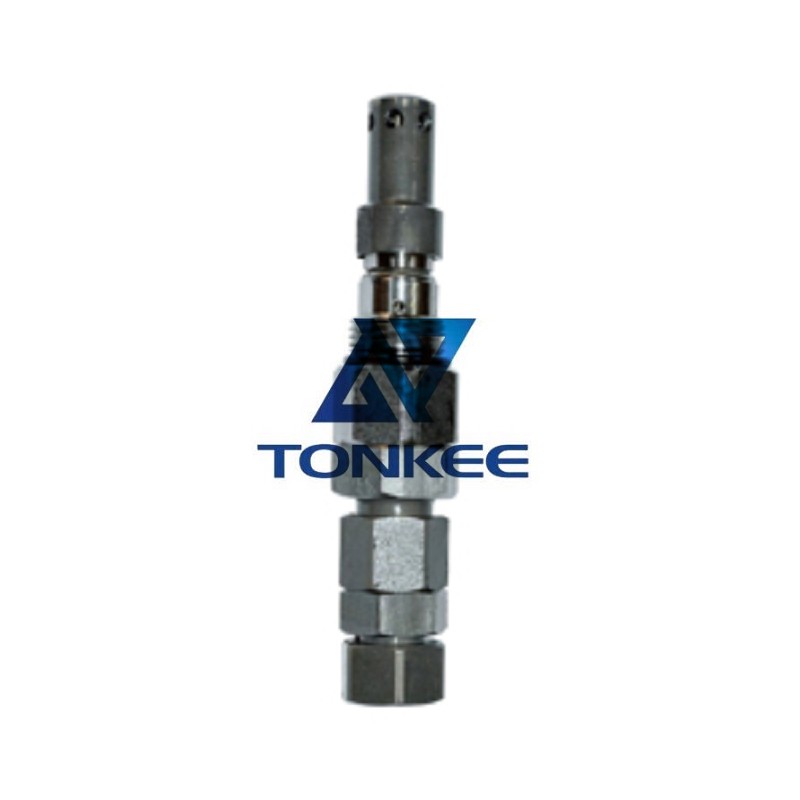
The unloading valve serves as a pressure relief valve within the hydraulic system of the PC200-8 excavator.
Its primary function is to regulate and control the pressure in the hydraulic circuit, ensuring safe and efficient operation of the machine. The valve is designed to relieve excessive pressure generated within the system, thereby protecting the hydraulic components from potential damage caused by overpressure.
One of the key features of the PC200-8 unloading valve is its high-pressure capacity. It is designed to handle the hydraulic system's maximum operating pressure, which is typically around 350 bar (5,000 psi). This robust construction ensures reliable performance even under demanding working conditions, providing a long service life for the valve.
The unloading valve is equipped with a precise pressure control mechanism. It utilizes a spring-loaded design that allows it to maintain a constant pressure setting within the hydraulic system. The pressure setting can be adjusted as per the specific requirements of the operation, ensuring optimal performance and efficiency. This feature enables the PC200-8 excavator to handle a wide range of tasks with varying hydraulic pressure demands.
Furthermore, the PC200-8 unloading valve incorporates advanced safety features.
t is equipped with a built-in pressure relief mechanism, which activates when the pressure exceeds the set limit. This safety feature prevents potential damage to the hydraulic system and other components by diverting the excess pressure to the tank. The valve also includes a pressure gauge or indicator, enabling operators to monitor the hydraulic pressure in real-time and take necessary corrective actions if required.
The valve is designed for easy installation and maintenance. It is typically installed within the hydraulic control block or valve bank of the excavator. The valve body is made of high-quality materials, such as hardened steel or cast iron, ensuring durability and resistance to wear. It is also equipped with seals and O-rings to prevent hydraulic fluid leakage, maintaining the system's integrity and efficiency.





 English
English português
português Русский язык
Русский язык












